Retro Replay Review
Gameplay
The Elder Scrolls IV: Oblivion offers a richly layered gameplay experience that balances action-based combat with in-depth role-playing mechanics. From the moment you emerge from the dungeon as a humble prisoner clutching the Emperor’s Amulet of Kings, you’re free to forge your own path across the sprawling province of Cyrodiil. You can switch seamlessly between first-person and third-person views, letting you tailor your perspective to suit sword swings, arrow volleys, or precise spellcasting.
Character progression is driven by skill usage rather than arbitrary experience points. Every swing of a sword, cast of a spell, or lockpick attempt inches the corresponding skill forward, unlocking Apprentice, Journeyman, Expert, and Master ranks. NPC trainers are available for those few skills that aren’t so intuitive, ensuring you’re never truly stuck. Enemies scale roughly to your level, so each encounter remains challenging without feeling unfair.
Exploration lies at the heart of Oblivion’s gameplay. You can embark on the main quest to thwart Mehrunes Dagon’s plan to invade Tamriel through Oblivion gates, or you can wander off the beaten path entirely. Forts, ruins, caves, and hidden shrines pepper the landscape, each offering treasure, lore, and temporary or permanent boon to your attributes. Shrines grant blessings from the Divines, while Oblivion gates reward daring adventurers with Sigil Stones to craft powerful enchanted gear.
Combat benefits from meaningful additions like active blocking and gradual mana regeneration, which keeps fights fluid and engaging. Blocking with a shield or weapon can absorb damage and open opponents to counterattacks, while spellcasters never feel hamstrung by dwindling magicka—no more resting for hours on end. Whether you prefer a stealthy bow build, a melee juggernaut, or a high-level mage concocting custom spells, Oblivion’s systems support it all.
Graphics
For its time, Oblivion pushed the boundaries of console and PC visuals. The rolling hills of Cyrodiil, dense forests, and glimmering coastlines feel alive thanks to detailed textures and draw distances that let you see landmarks miles away. Weather effects—rain, fog, and sunlight filtering through treetops—add atmosphere, making exploration feel genuinely immersive.
The architecture throughout the game is diverse and believable. Imperial City stands out with its gleaming White-Gold Tower and bustling marketplaces, while rural villages and hamlets retain a cozy, lived-in charm. Dungeons and Daedric ruins boast ornate carvings, flickering torches, and evocative color palettes that distinguish each location. Even today, many mods build upon Oblivion’s foundation to further refine textures and lighting.
Character and NPC models can appear dated by modern standards, but motion and voice acting more than compensate. Full voice work for every named NPC breathes life into the world, and the Radiant AI system ensures townsfolk follow daily routines—chatting over dinner, heading to work, or patrolling streets. This attention to detail gives the illusion of a society that evolves with or without your presence.
Combat animations are smooth, from drawing a bow to unleashing a fireball. Spells leave lasting impressions with luminous particles floating in the air. When you open an Oblivion gate, the fiery portal crackles with energy, setting the tone for a high-stakes incursion. While texture resolutions may have aged, the overall visual design remains timeless and continues to charm new players.
Story
Oblivion’s main narrative thrusts you into a classic hero’s tale with cosmic stakes. Fleeing assassins slaughter the Emperor’s heirs, but in his final moments, Uriel Septim entrusts you—a nameless prisoner—with the Amulet of Kings and the task of finding Martin, the last heir of the Septim bloodline. Employing a prisoner as savior sets the stage for a story that feels both grand and personal.
Mehrunes Dagon, the Daedric Prince of Destruction, lies at the heart of the conflict. Oblivion gates have begun to tear open across Tamriel, unleashing daedra forces bent on havoc. As you race to recover the Mysterium Xarxes, a hidden tome pointing to Dagon’s weakness, you witness entire towns fall under siege and innocents caught in the crossfire. The sense of urgency propels you from cloistered dungeons to the heart of Imperial intrigue.
Side quests and guild lines richly complement the main storyline. Whether infiltrating the Dark Brotherhood to serve as an assassin, rising through the ranks of the Mages Guild, or hunting bounties for the Fighters Guild, each faction quest chain weaves new threads into the tapestry of Cyrodiil’s politics and power struggles. These narrative detours offer fresh perspectives and memorable characters that stand on their own merits.
Dialogue is concise yet impactful. Compared to its predecessor Morrowind, Oblivion streamlines conversation topics but injects unique responses that reflect race, class, and reputation. Every choice you make—saving a village, siding with rebels, or sparing a foe—cements your personal legend within the world. By the time you confront Mehrunes Dagon atop the Imperial City, you’ll have shaped Cyrodiil’s destiny as much as the hero you’ve become.
Overall Experience
Oblivion remains a landmark in open-world RPG design, offering hundreds of hours of exploration, combat, and storytelling. The freedom to craft any build—sneak-thief, spell-sword, or battle-mage—combined with a living, breathing world ensures there’s always another adventure waiting. Fast travel between discovered locations keeps the pace brisk without trivializing the journey.
The game’s modding community has kept Oblivion vibrant for years, producing everything from graphical overhauls to entirely new quest lines. Even if the core experience scratches your nostalgia itch, a few well-chosen mods can freshen the game visually and mechanically, extending its lifespan indefinitely.
While some aspects—like NPC pathfinding and texture fidelity—show their age, the core gameplay loop of exploration, character progression, and narrative payoff remains as compelling as ever. Whether you’re returning as a veteran or stepping into Tamriel for the first time, Oblivion’s magic is ready to be rediscovered.
For anyone seeking a sprawling fantasy epic with unparalleled freedom and depth, The Elder Scrolls IV: Oblivion still delivers a memorable journey through a world on the brink of ruin—and yours to save.
 Retro Replay Retro Replay gaming reviews, news, emulation, geek stuff and more!
Retro Replay Retro Replay gaming reviews, news, emulation, geek stuff and more!
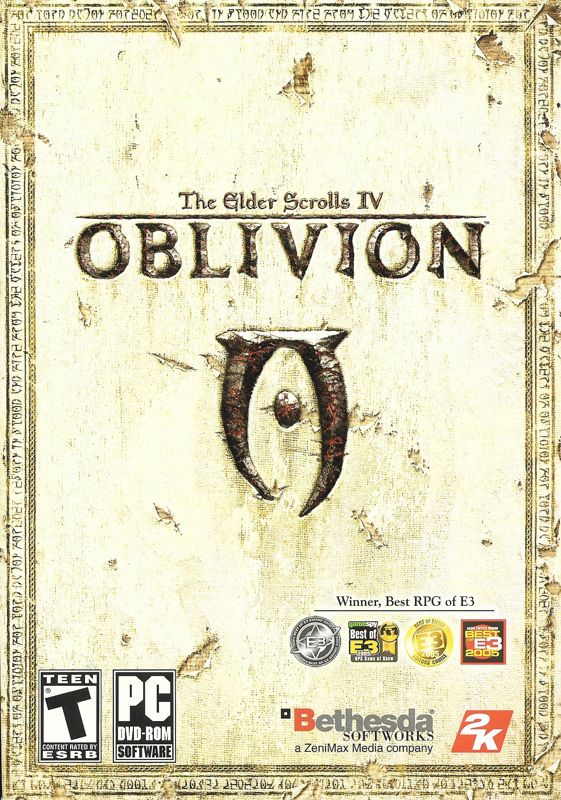
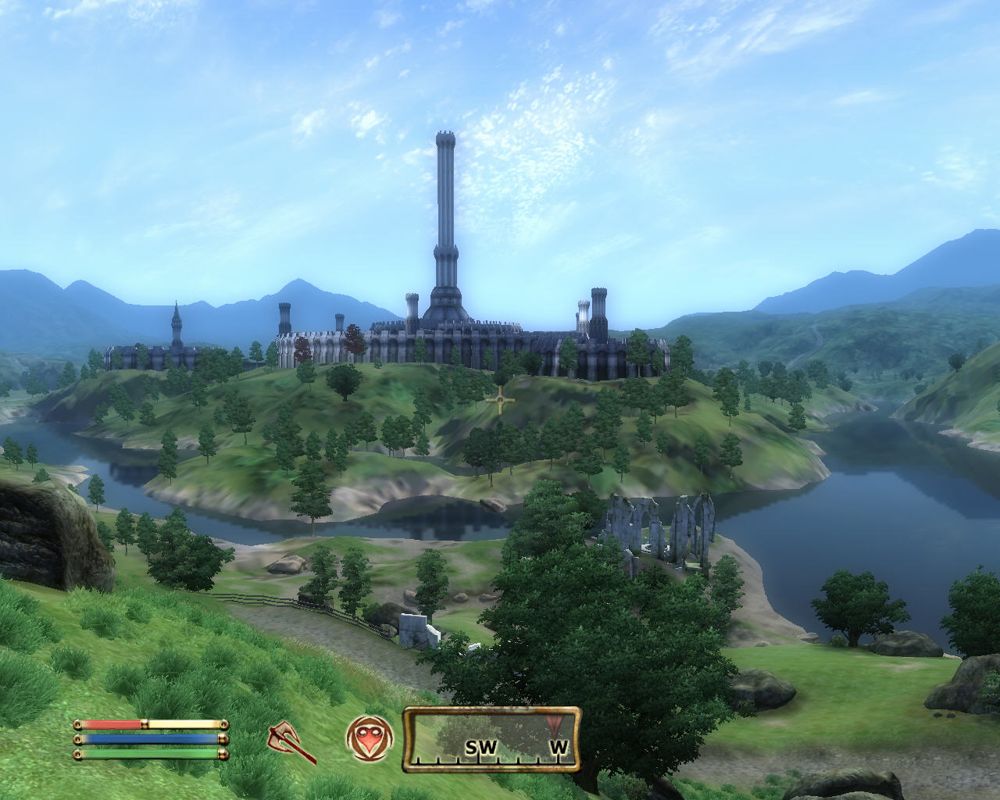
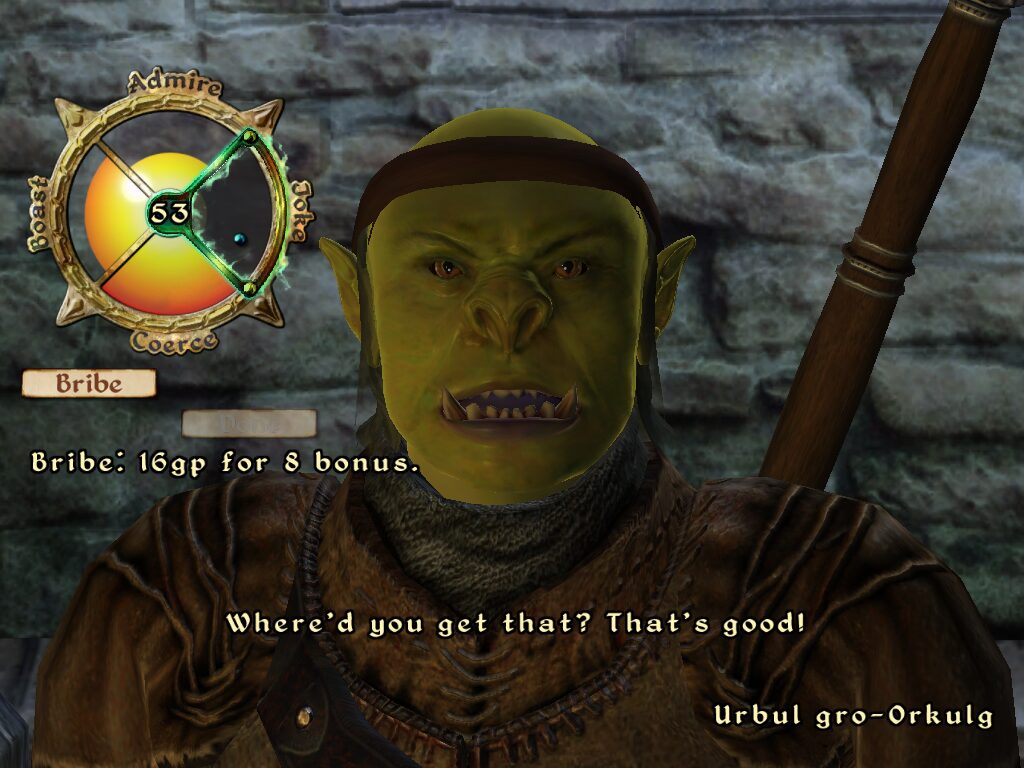
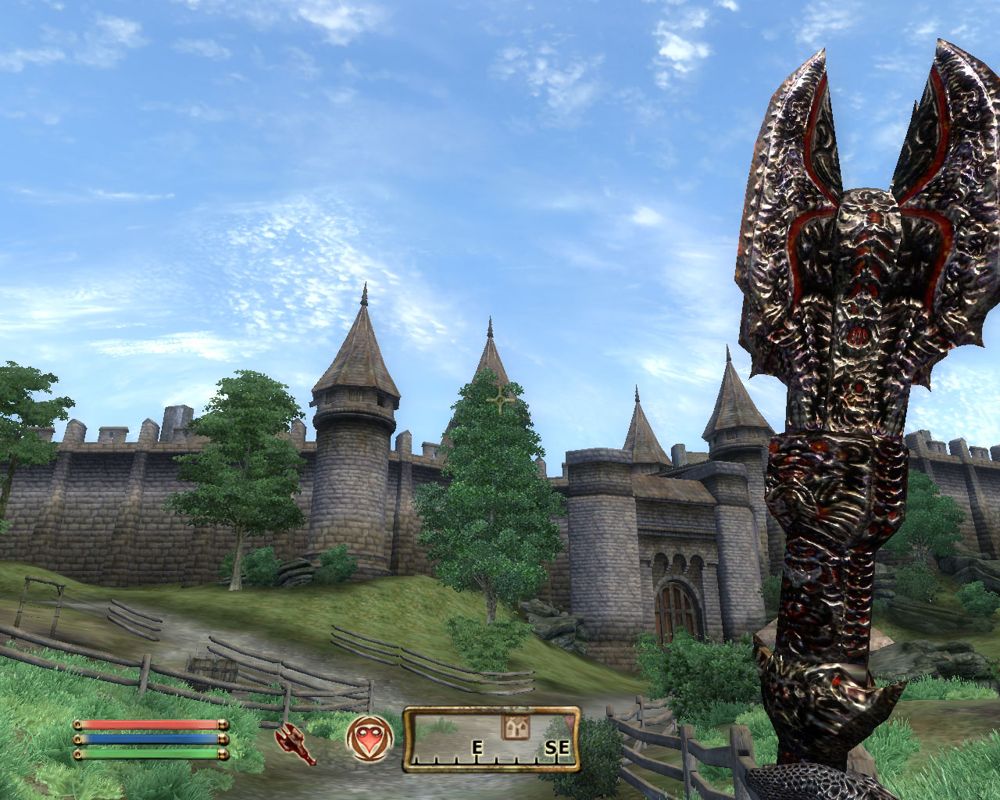
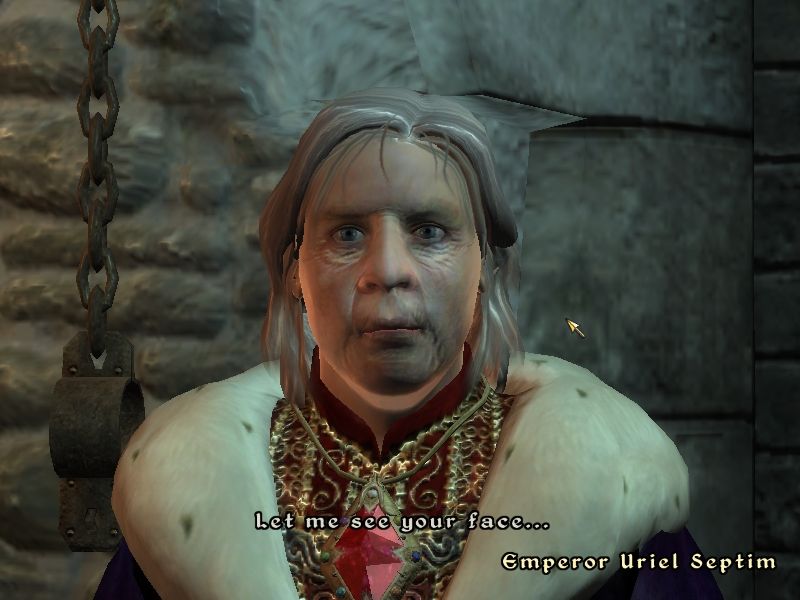
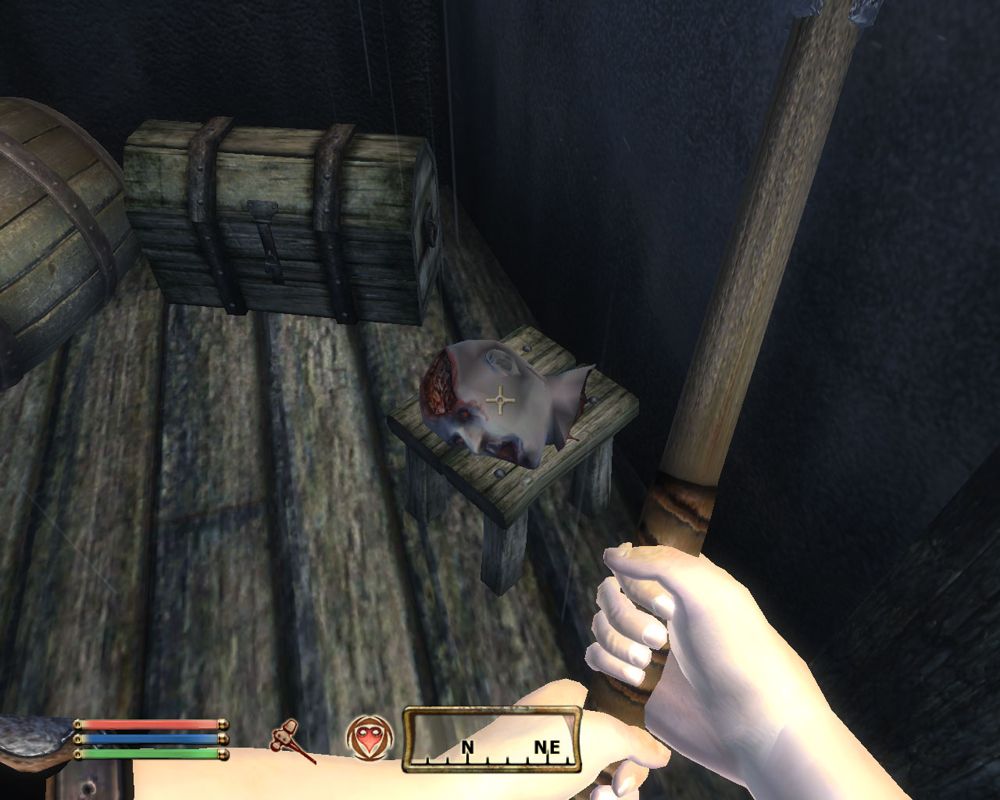



Reviews
There are no reviews yet.